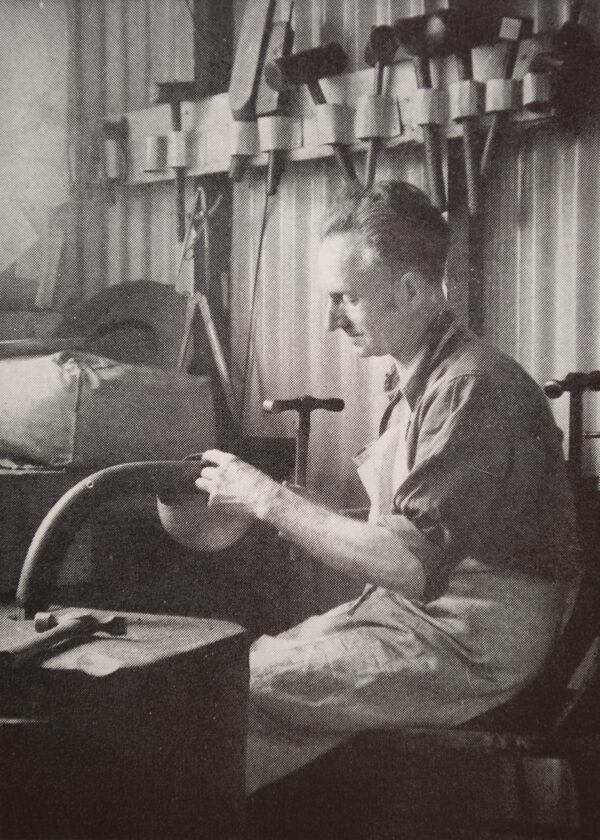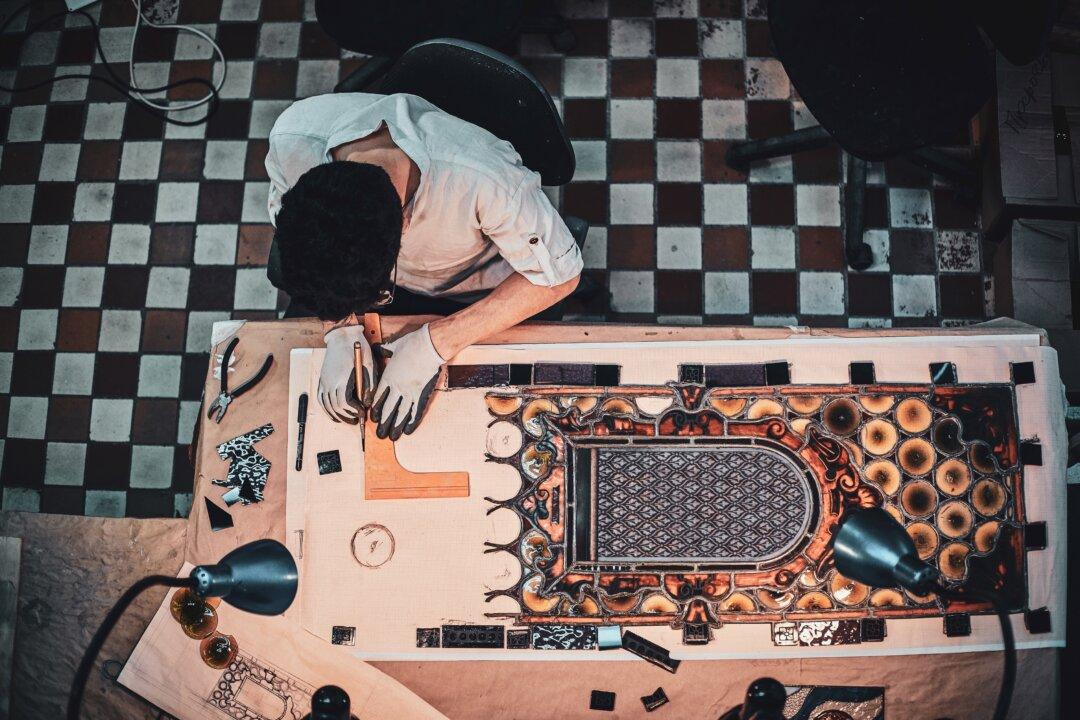What do arrowsmithing, coppersmithing, and straw hat-making have in common? They are three of the eleven heritage crafts that have been newly classified as “critically endangered” in the UK, meaning that those craft skills could disappear in a generation.

Sights such as Cornish coppersmith Francis Cargeeg working in his workshop in 1951 are now rare in the UK, as coppersmithing is critically endangered. Pipsqueak2000/CC BY-SA 3.0






